Music photographer Mick Hutson has died, aged 58
Hanging out of helicopters, stopping the New York traffic, sweet-talking kidnappers: a celebration of Mick Hutson, music photographer
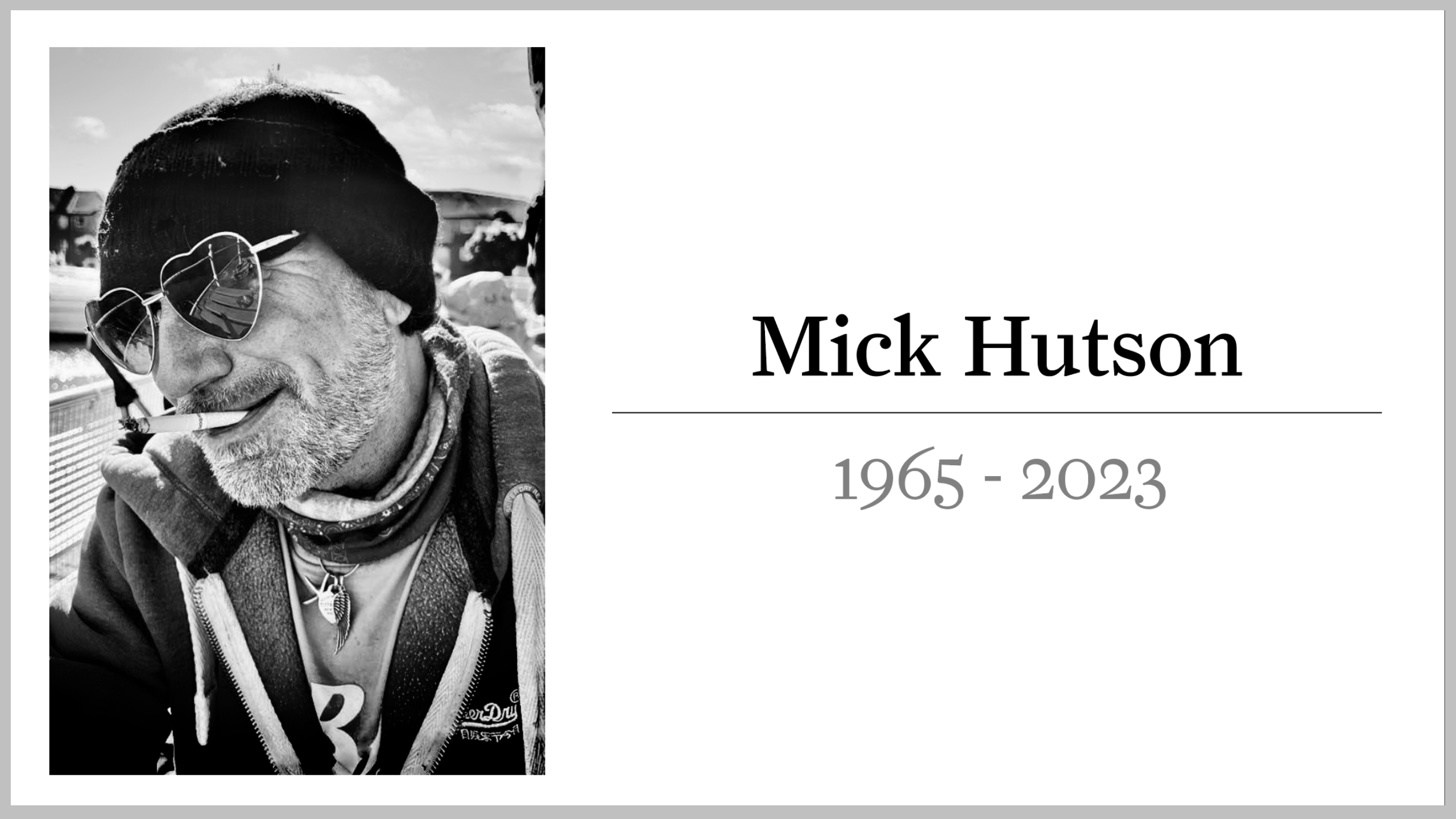
Mick Hutson, celebrated music photographer, died on Thursday, 1 June 2023, aged 58.
Mick was known for his work for Metal Hammer, Classic Rock, Q and Select magazines among others, and he photographed many of the biggest names in music. His pictures were used on official album releases by Nirvana, AC/DC, Primal Scream, Queens of the Stone Age, Mike Oldfield, Judas Priest and more.
Mick was born in Newcastle in May 1965. He grew up in Aberdeen and when he left school, went to work on the North Sea oil rigs: 12 hours a day, 14 days on, 14 days off. On LinkedIn, he lists his occupation back then as “roughneck”: slang for an unskilled labourer on the drill floor. The Collins dictionary says that a roughneck is someone who is “not gentle or polite and can be violent” – it’s not even close to being a fair description of Mick, who was known for his good humour and charm.
In fact, he once told Digital Camera World magazine that “the real secret of my photography, if there is one, is charm. Charming the PRs into a few more minutes with the band, charming the artist to let me photograph them somewhere other than the hotel corridor, and charming the tour manager to let me stay that little bit longer in the photographers’ pit at a gig. It’s all about constant negotiation.”
He left the oil rigs to do a master's degree in Photography and Film. “But it didn’t count for anything,” he said later – what really mattered was doing the work. He went to work for the famous music photographer David Redfern (the man Buddy Rich once called “the Cartier-Bresson of jazz").
“I learned a lot – a huge amount – in the couple of years I was with him,” he told Primal magazine in a YouTube interview. Striking out on his own, his break came when his sensational pictures of Grace Jones were used in The Sun’s Bizarre column (then edited by Piers Morgan). Suddenly his phone started to ring. “From having no money I ended up making ten grand in two days,” he said. “The next commission I got was from Select magazine to go on tour with U2.”
His pictures appeared in all of the big music magazines of the time and he became Metal Hammer’s go-to photographer. Chris Ingham worked with Mick for nearly 30 years as Editor and Publisher of Metal Hammer and beyond. “When I was asked to edit Metal Hammer,” he says, “I went on a three-week road trip with Mick, criss-crossing the USA, forging a new look and identity for the magazine in the nu metal era. Mick was the man who made it come true.”
Sign up below to get the latest from Metal Hammer, plus exclusive special offers, direct to your inbox!
When the magazine launched the Metal Hammer Golden Gods awards show, it was Mick they turned to: “He thrived on the creative chaos,” says Ingham.
That chaos included bundling Nikki Sixx, Dimebag Darrell and Ville Valo in the back of a stretch Hummer for a cover shoot, Dimebag and Sixx tossing champagne glasses at Mick as he snapped away. It was Monday and Dimebag had been on a bender since Saturday’s Download festival.
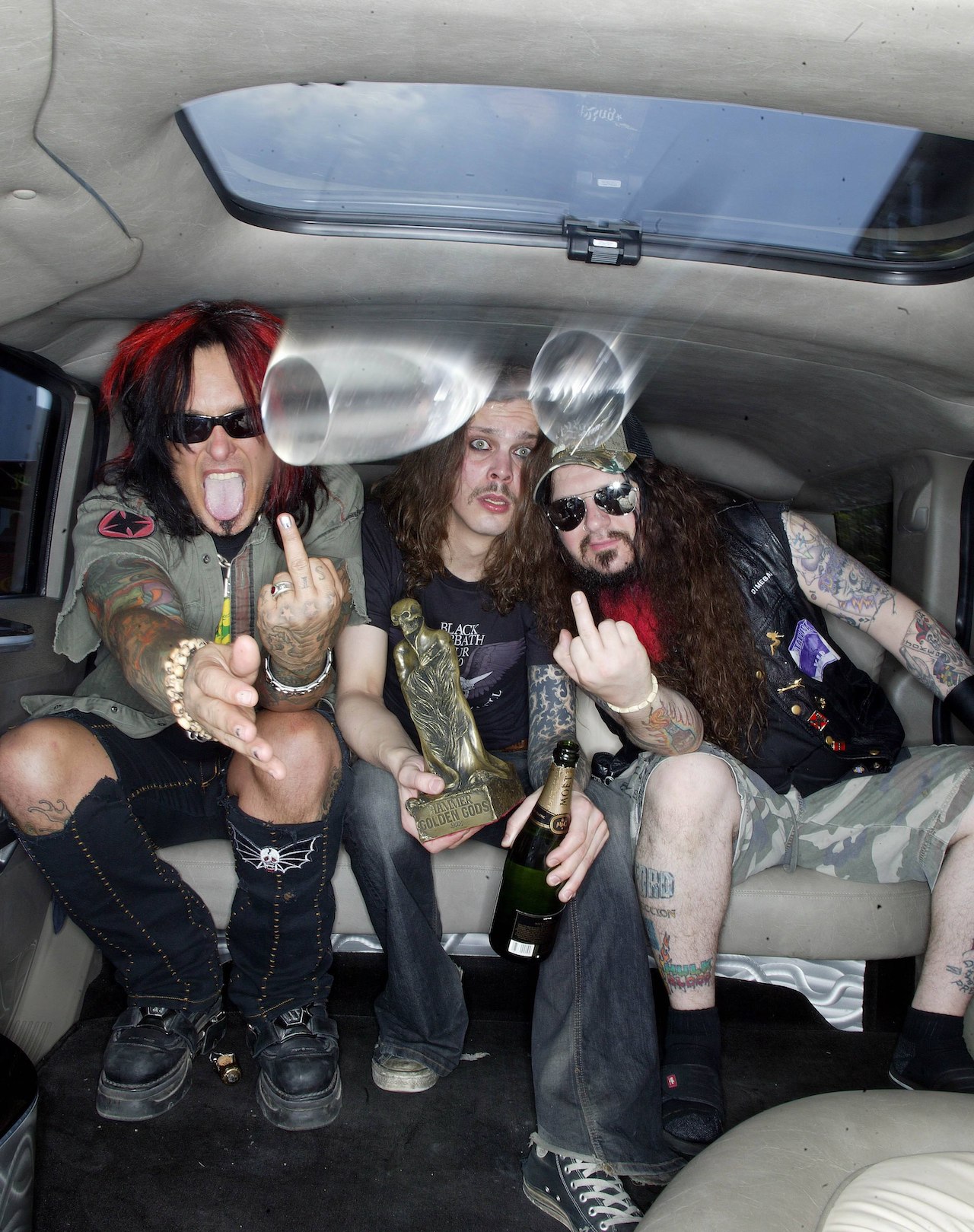
Jamie Hibbard was Metal Hammer Editor at the time. “I was sitting next to Mick for the whole shoot,” he says, “Nikki throwing champagne flutes at him, Dimebag roaring drunk having been ‘on it’ at Download all weekend, Ville amused and slightly bewildered to be in between the pair of them as they caused as much havoc as possible.
“All the champagne flutes smashed around Mick as he shot – he was laughing the whole time, fully into capturing the unfolding scene before him. The consummate pro.”
Hutson did dozens of cover shoots for Metal Hammer, and many of the shoots became iconic, like this shot of Metallica walking in the middle of the street in downtown Manhattan. It was 2003, St Anger was about to be released and there were tensions in the band.
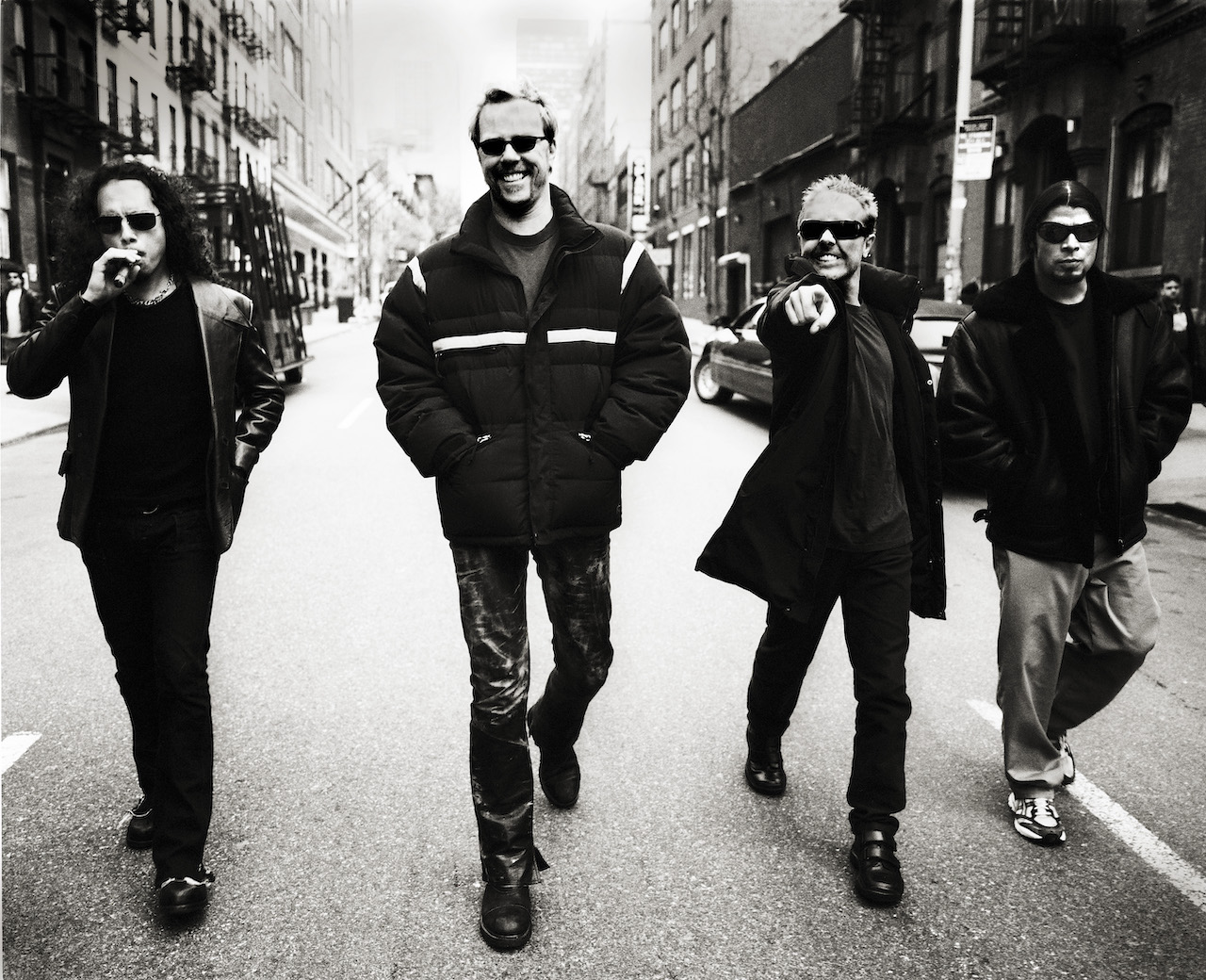
“Hutson nailed it,” says Chris Ingham. “After the separate headshots for what became known as the Metallica Mk3 cover, Mick challenged the band to get out of the studio and into natural light. ‘You want to put Metallica out on the streets of New York?’ asked Hetfield.”
Mick persuaded them and soon Metallica were walking the streets of Manhattan and attracting crowds.
“Within sixty seconds NYPD appeared on horseback,” says Ingham. “One of them shouted 'Hey, Metallica, you want me to close the fuckin' street down?' He meant it. So did Mick. The cop radioed his mate at the other end of the street and they brought two patrol cars across the top of it and literally closed down NYC.
“Then the shit hit the fan: Horns blared, people stopped their motors dead, a cabbie was jumping up and down on his own car cursing all us 'assholes', people leaned out of windows to take photos, shouting, whistling chants of 'Tallica! Tallica!'”
The famous shot has Lars pointing directly at the camera. He was saying: “Look at all this chaos! It's all your fault, Mick!"
“Now that's a moment for the ages,” says Ingham. “Engineered, captured and delivered by a true master of mayhem.”

“Mick was a physical representation of what Metal Hammer strived to be,” says James Isaacs, Art Director of Metal Hammer from 2006-16. “Creative, fun, interesting and surprising. Working with him was never boring and he thrived being in the eye of the storm, right where the action was.
“When the Metal Hammer Golden Gods Awards came around, he could always be found holding court in his photo studio, greeting metal legends like old friends, their face lighting up when they saw him.
“But he was like that with everyone. Not just Robb Flynn or Ozzy or Lars Ulrich, but with every person who was lucky to have met him. I'll miss him dearly.”
Sarah Hards knew Mick as a teenager ("The Barley Mow Inn, Englefield Green: he was a member of the darts team – I think he's always had quite a competitive streak") and went on to work with him for years as Art Editor at Metal Hammer. "Anyone who's worked with Mick will tell you what a talented, professional, down-to-earth and friendly character he is," she says.
"He always went above and beyond to deliver. The attention to detail was meticulous: tracking ambient lighting and camera angles so people looked like they were standing next to each other, even though they were shot on opposite sides of the Atlantic. Always finding superb solutions to complex shots when Photoshop was still in its infancy."
“We used to go on trips together a lot,” says Jamie Hibbard, “and he was quite an older brother figure to me in my early days at Hammer. He taught me a lot, which had a really positive impact on me in my twenties while travelling America and so on.
“One of the best things he ever taught me – while in Japan with Sum 41 – was to get a local person to write down in Japanese the address of the hotel we were staying in, as being drunk and lost in Tokyo is a bad situation when you can’t even read a street sign.
“Suffice to say, stumbling out of a club one night, this advice saved me and got me home.”
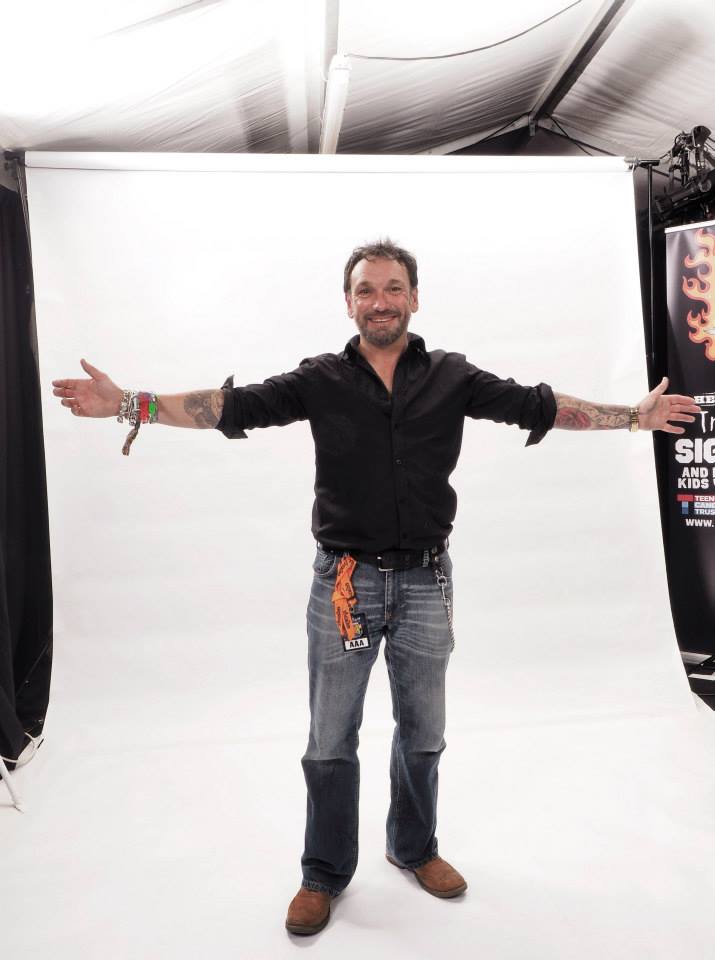
“To me, Mick was a jovial, fun-loving buccaneer,” says Stuart Williams, MD of Music at Future and former publisher of Mojo, Kerrang! and Q magazines. For years, Mick would take the aerial shot of the Glastonbury Festival site for Q magazine that would end up in a special edition sold onsite from Sunday evening. Williams would drive Hutson to the helipad on the edge of the site through hordes of people, craning to see who the VIP being driven around was: “‘Is that Johnny Depp?’ ‘Nah mate, it's Jay Rayner…’ I remember one saying.”
The helicopter had the port-side door removed so that the rear seats were exposed to the elements. “At this point, I became the photographer's assistant,” says Stuart. “Mick was an old hand at this, so he knew how to harness himself in and where to stow his trademark cowboy hat as we took off.
“I accompanied Mick on this journey six or seven times, I think, and have two standout memories – the time that the pilot hovered in one place for too long until a vortex formed under the helicopter, it lost its lift and we plummeted down 500 feet in seconds before recovering, about a thousand feet over the stone circle. And the time he left his lens cap on the seat, the helicopter banked and out it fell onto the unsuspecting crowd watching Amy Winehouse below.
“Mick took all this in his stride. Nothing was too wild for Mick – he was a bundle of energy and positivity – and he will be much missed.”

Primal magazine asked him to explain the difference between a great photograph and an ordinary one. “A great photograph is not taken,” he said, “it’s given to you.” And Mick would work hard to win trust and get that gift.
Classic Rock Editor Sian Llewellyn went with Mick to NYC in 2009 to cover Steel Panther. “The minute we got to our hotel, Mick announced that his top priority before he did anything else was to run to the Levi’s store in Times Square to get a pair of white jeans. This is 2009 so not many people, except maybe the members of Steel Panther, were sporting tight white jeans.
“It was like he was getting into character: Steel Panther were wannabe 80s rockstars, so Mick gave them a relatable 80s photographer look. The shoot went well, so I like to think that Mick’s ‘method acting’ photography paid off.”
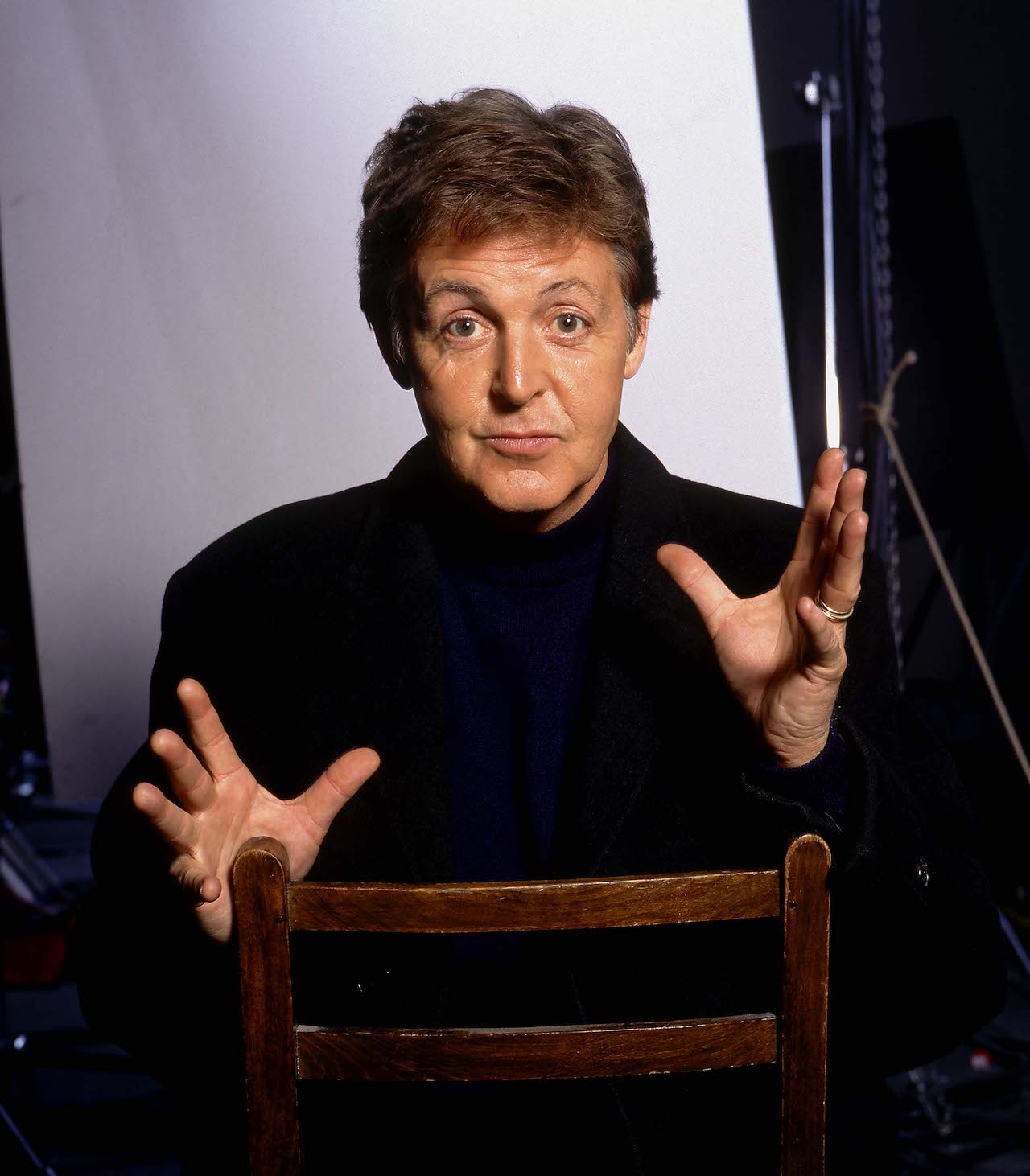
Mick could be flash. He liked fast cars and motorbikes (one of his heroes and friends was Eddie Kidd). The cars didn’t always work: He offered to shoot the weddings of two of his mates and, on both occasions, his car broke down and he never made it. Once, booked by Classic Rock to do a cover shoot with Joe Bonamassa, he got involved in a minor accident and missed the shoot by about four hours.
Photographer Ross Halfin remembers Mick offering to give him a lift from Bristol to London in a yellow Porsche. Zooming down some country road, they got pulled over by the police. Mick turned on the charm. “He was brilliant with them,” says Ross. Eventually one of coppers says, “Where did you get the money for a car like that?” Mick pointed at Ross, who was probably dressed the same way he was and looking as unreliable. ”I work for him,” he said. They let them off.
“The next time I saw him was in Dubai,” says Halfin. “I was there for Classic Rock doing Velvet Revolver, and Mick was shooting the festival. We sat by the pool all day and he looked great – he had on the tightest pair of Speedos I’ve ever seen. The Adonis of Metal Hammer.”
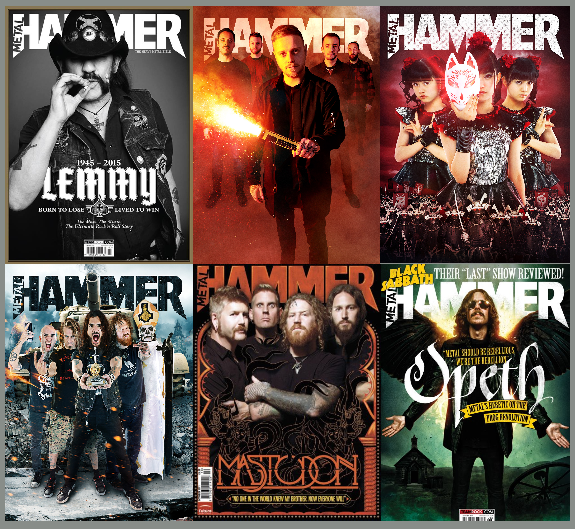
In 2010 he was part of the Six Shooter exhibition in London, alongside some of music’s top photographers: Roger Sargent, Andy Fallon, Paul Harries, Andy Cotterill and Andy Willsher. "What makes their work different?" The Independent asked him. "We get that extra little thing, which was probably never in the brief," said Mick. "The magic is a connection between the artist and the musician."
“He would always, annoyingly, push whatever brief had been placed before him,” says Ingham. “But he always got 'the' shot, even if it was one that you hadn't thought of.”
“Photography is all about control,” Mick told Digital Camera World, “whether it’s controlling the light or controlling the situation with your subjects. Never be scared of trying something new, or chucking the original commission out of the window if it’s not appropriate to the situation. Some of my best pictures have come from tearing the brief up.”

He tore it up all right. When budgets on music magazines shrank, he set up his own gallery, and took up travel photography and reportage, travelling to “post-conflict areas” in an effort to capture the results of conflict and war. He shot child soldiers in Rwanda and travelled with a reporter in Afghanistan. On one of the trips, says Sarah Hards, "they were tracking through mountains when Mick became very ill from a local parasite. He told me he almost died and that it had quite an impact on his outlook. He just grabbed life by the horns."
Chris Ingham has an even more amazing story: “Did you know that he was kidnapped by Tuaregs on one of his adventures in Africa? ISIS came to claim him and the Tuaregs refused to give him up because he'd taken such good photos of their kids.” His charm and his talent had saved his life. The pictures went on display at his short-lived gallery in Bedford.
In his personal life, says Sarah Hards, for all of his reputation as a ‘party boy’, he loved his family and adored his children. "He was brave and made no secrets of his struggle with Bipolar, at a time when mental health still has a stigma attached.
"There certainly was a big part of Mick that nobody ever saw or understood," she says. "He was sensitive and spiritual. He shared with me – and very occasionally on Facebook – some of his poems. He would look for beautiful details in nature often overlooked, capture photos as only Mick could."
Alexander Milas worked on Metal Hammer from 2006 (leaving his role as Editor in Chief in 2016). "There's a special bond between photographers and writers," he says. "You'd meet a stranger in an airport and spend the next 24, 48, or 72 hours in tight quarters. You'd have to be an unimaginative person to not relish the chance to travel around the world while most people are sat at their desks, and Mick Hutson was never unimaginative.
"He was a vagabond and an adventurer at heart, tough as nails, sensitive as could be at times, but he always delivered, and he was never, ever boring."
He’s left us with some astonishing photography and a whole load of stories. Jamie Hibbard remembers helping Mick set up a makeshift studio in Metal Hammer’s Baker St office to shoot Velvet Revolver’s Scott Weiland. “Scott rocked up in a very tightly-fitting suit and large hat, then asked if there was somewhere he could smoke,” says Jamie. “I took him out to the car park and as we were smoking, he looked down at his crotch and asked: ‘Can you see my cock in this?’
“I inhaled sharply, then muttered: ‘Yes.’
“‘Good,’ he said.
“When we came back up, I told Mick what had happened. He said: ‘You’ve just got to roll with the punches in this game, son.’”
Below are just some of his pictures. Rest in peace, Mick.
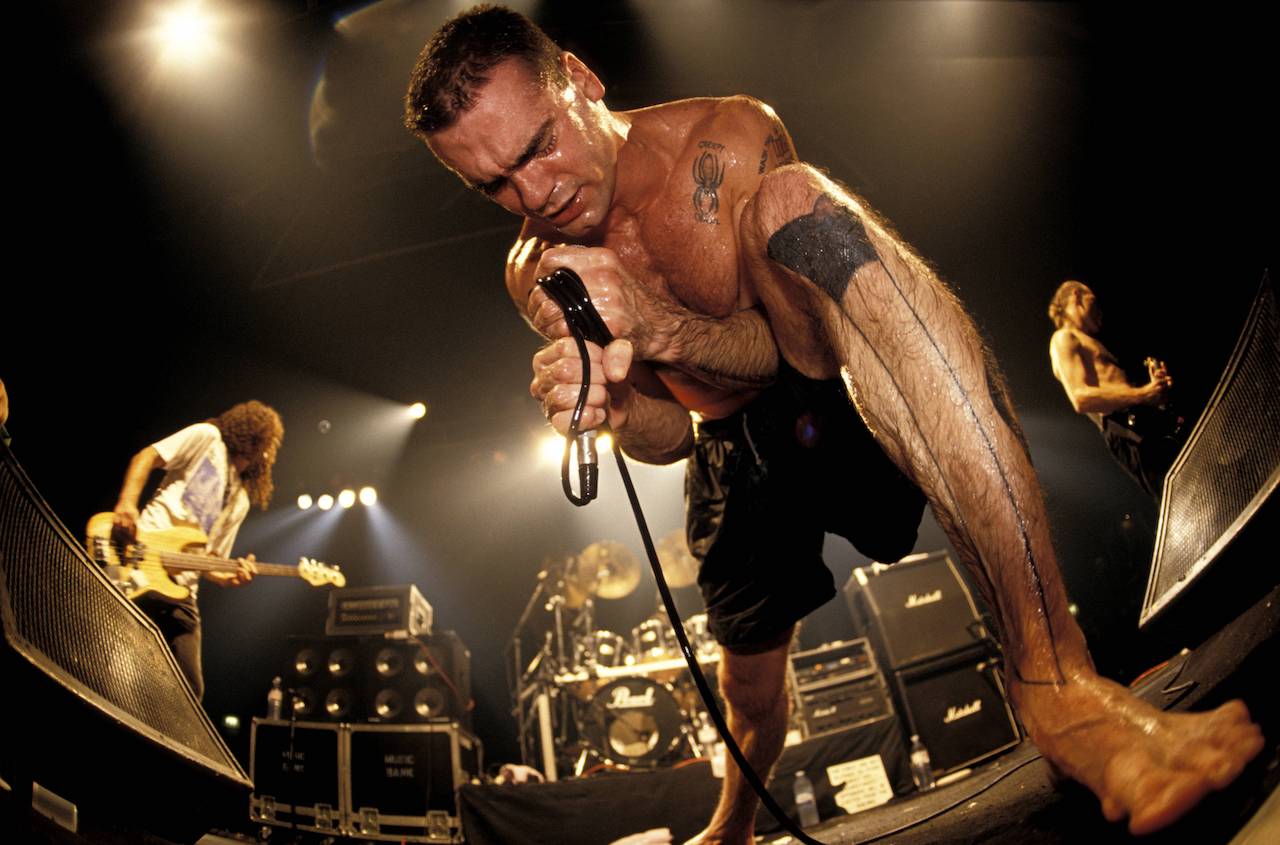
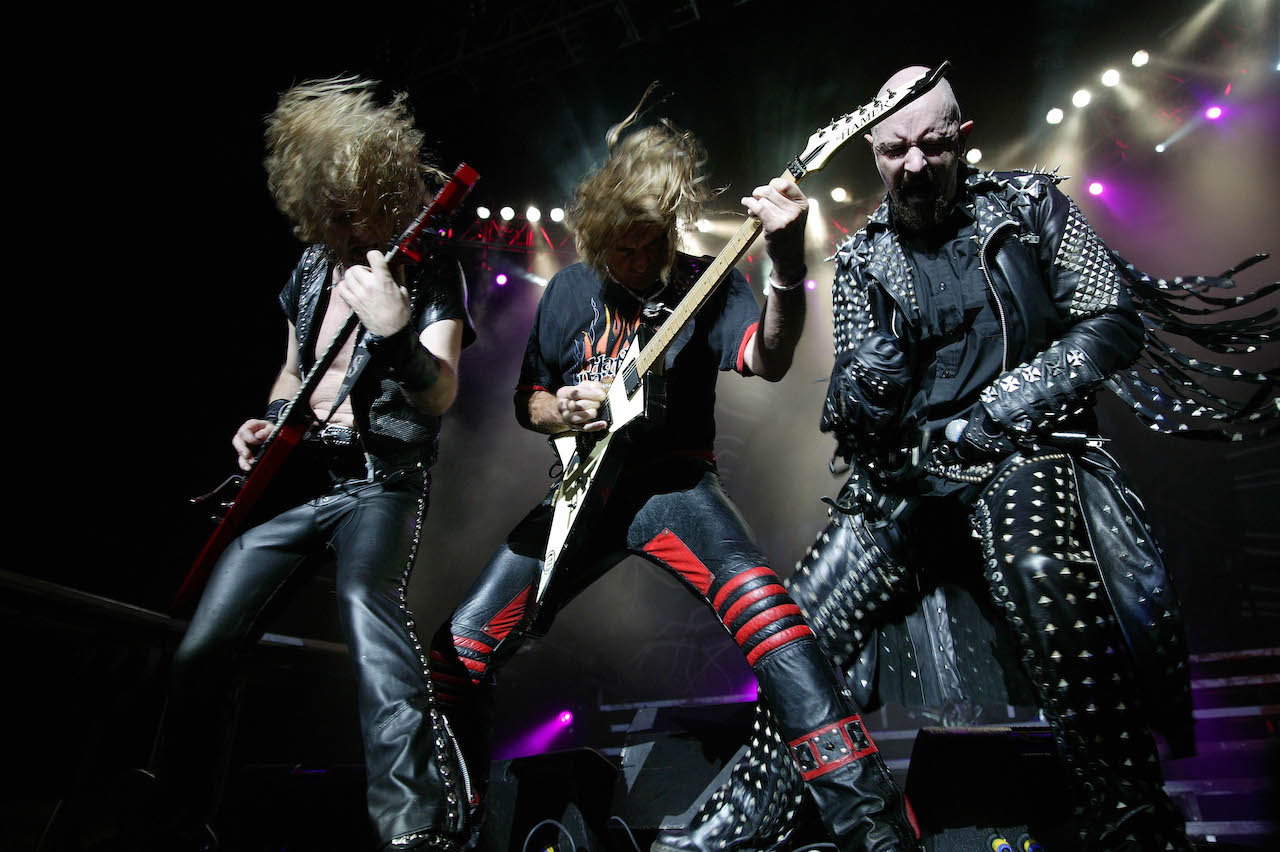

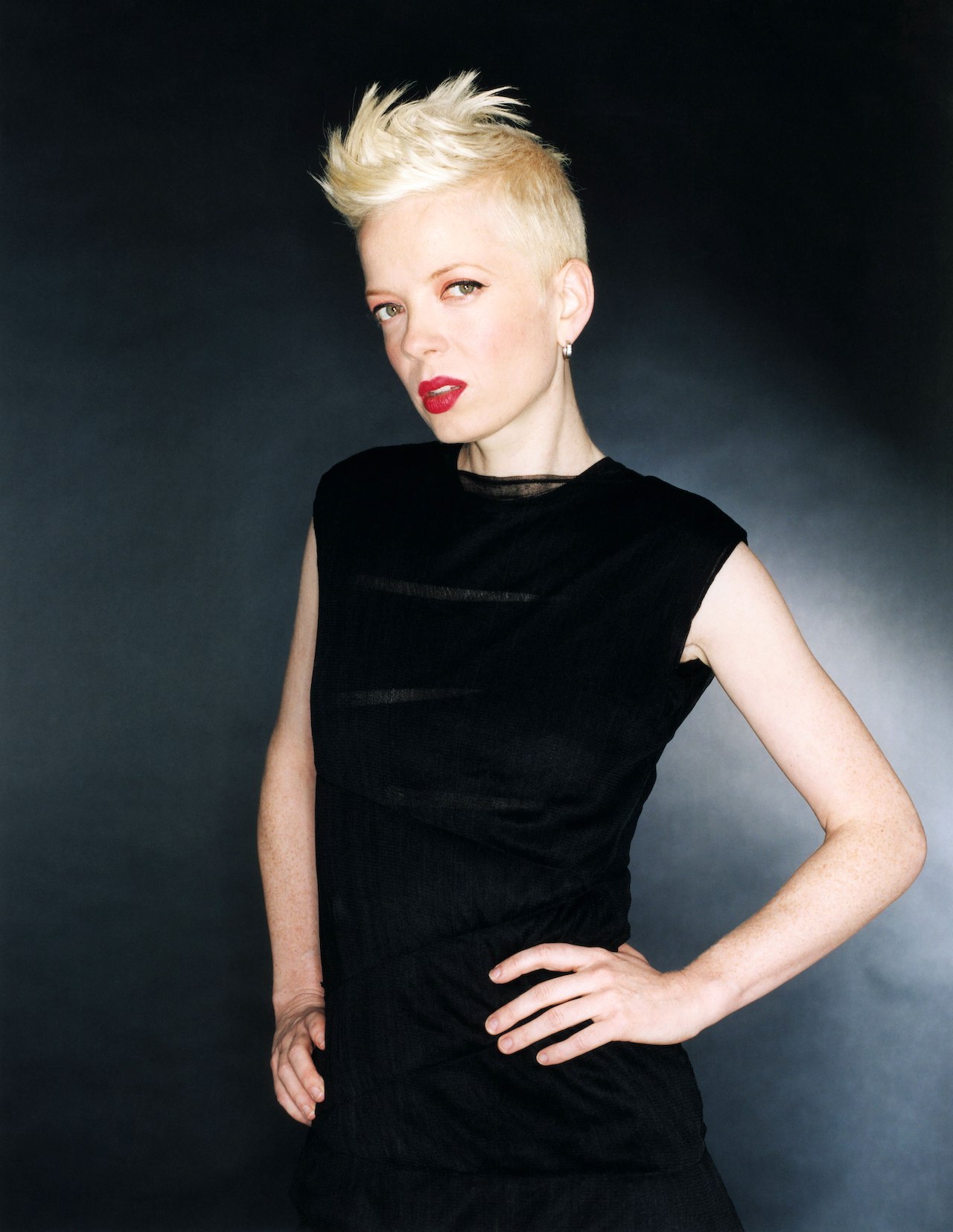

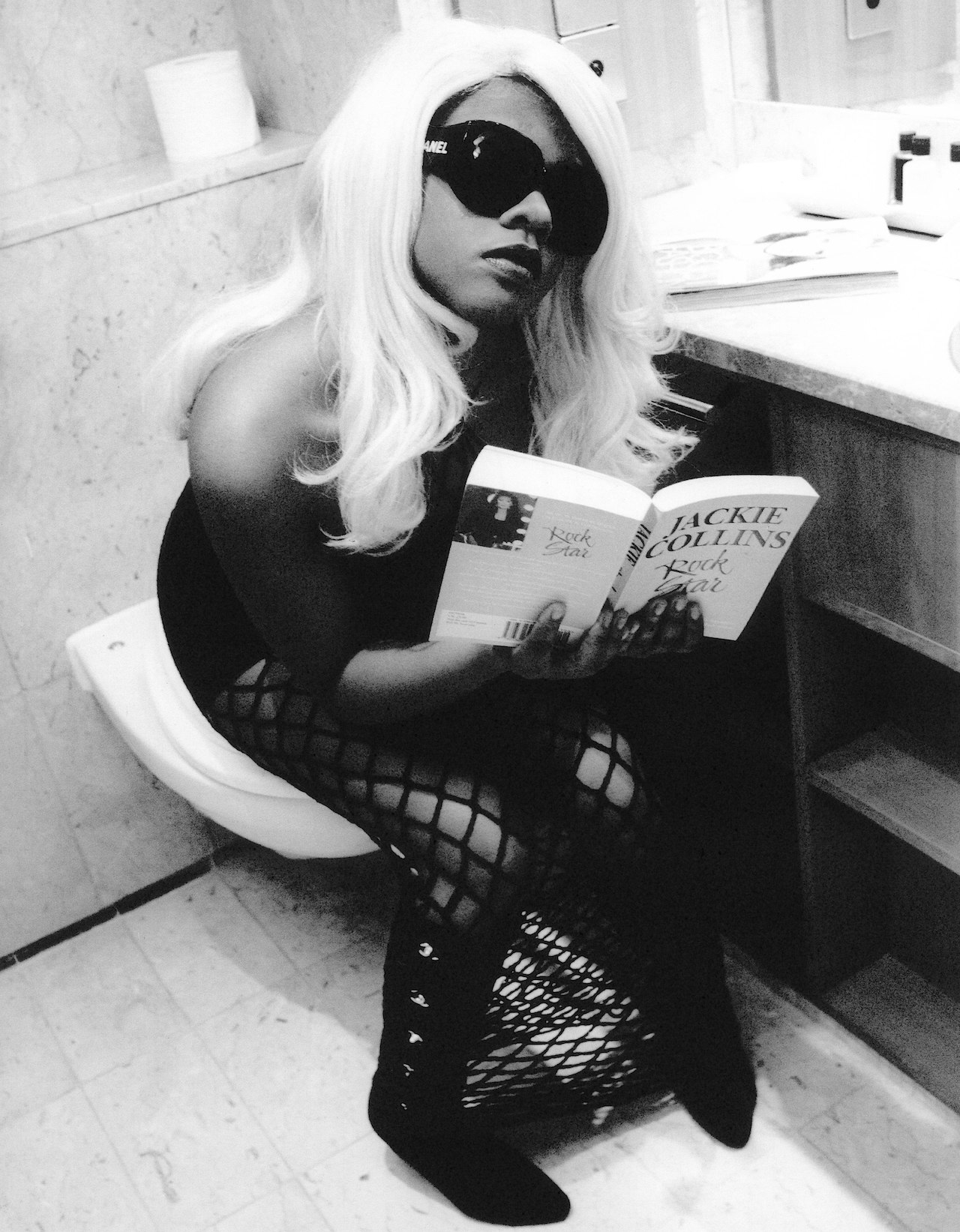
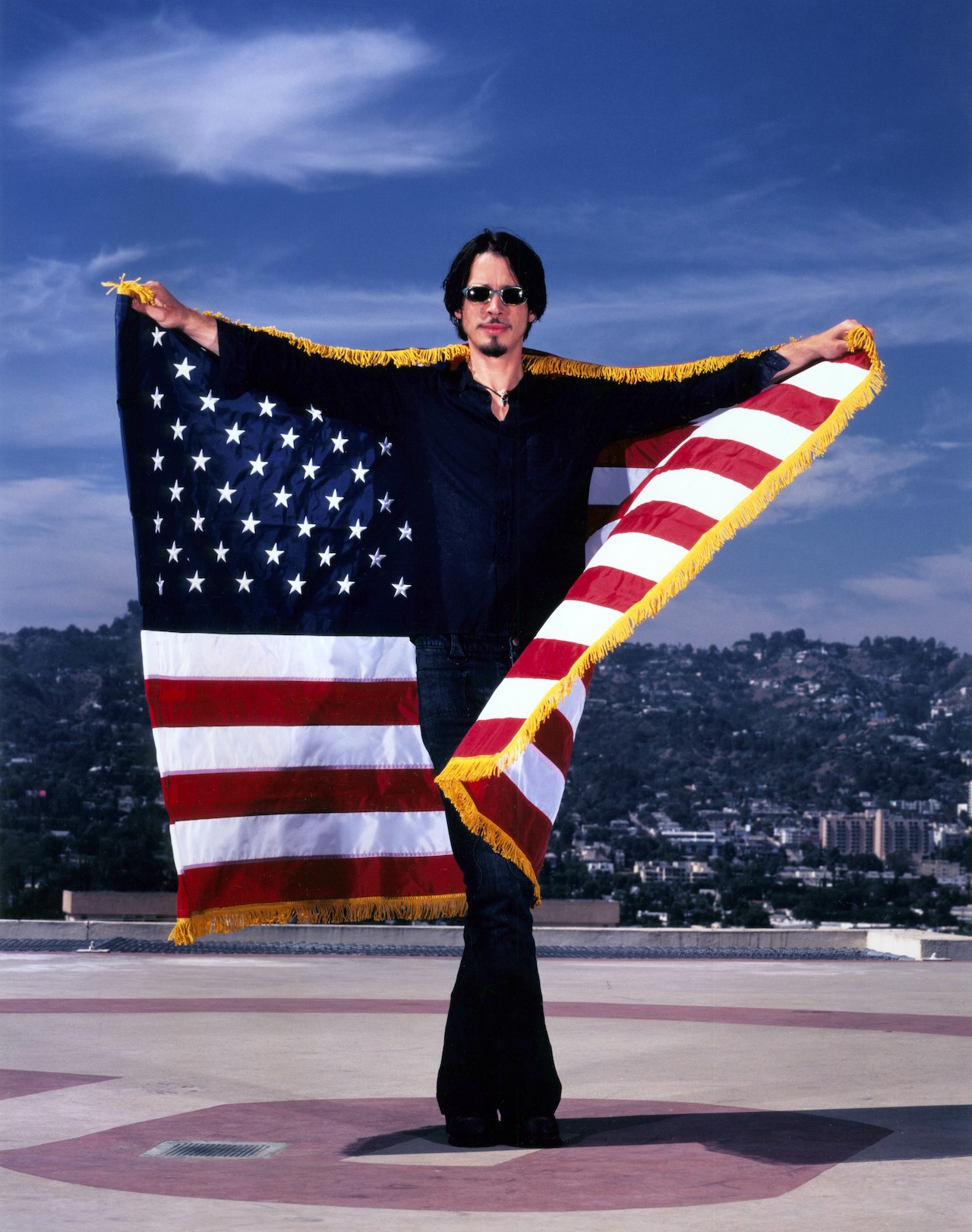
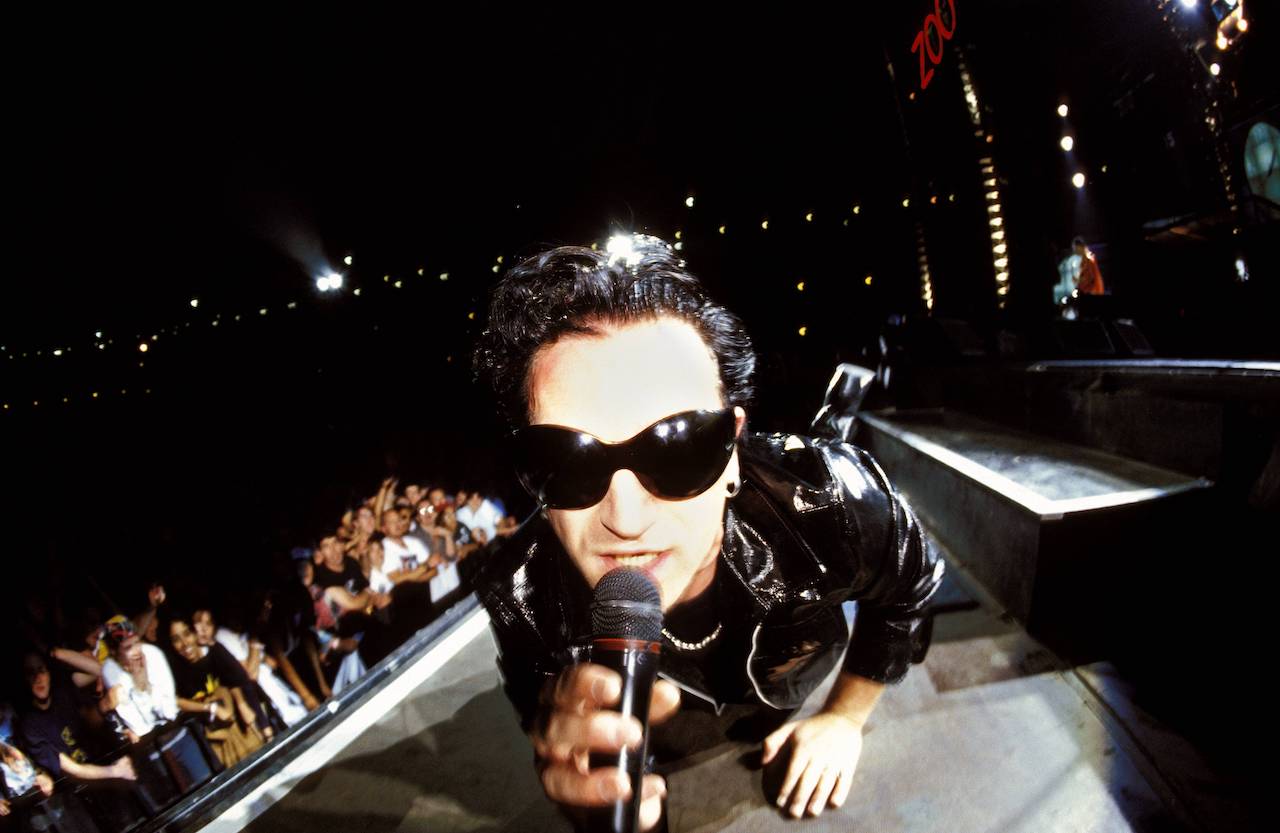
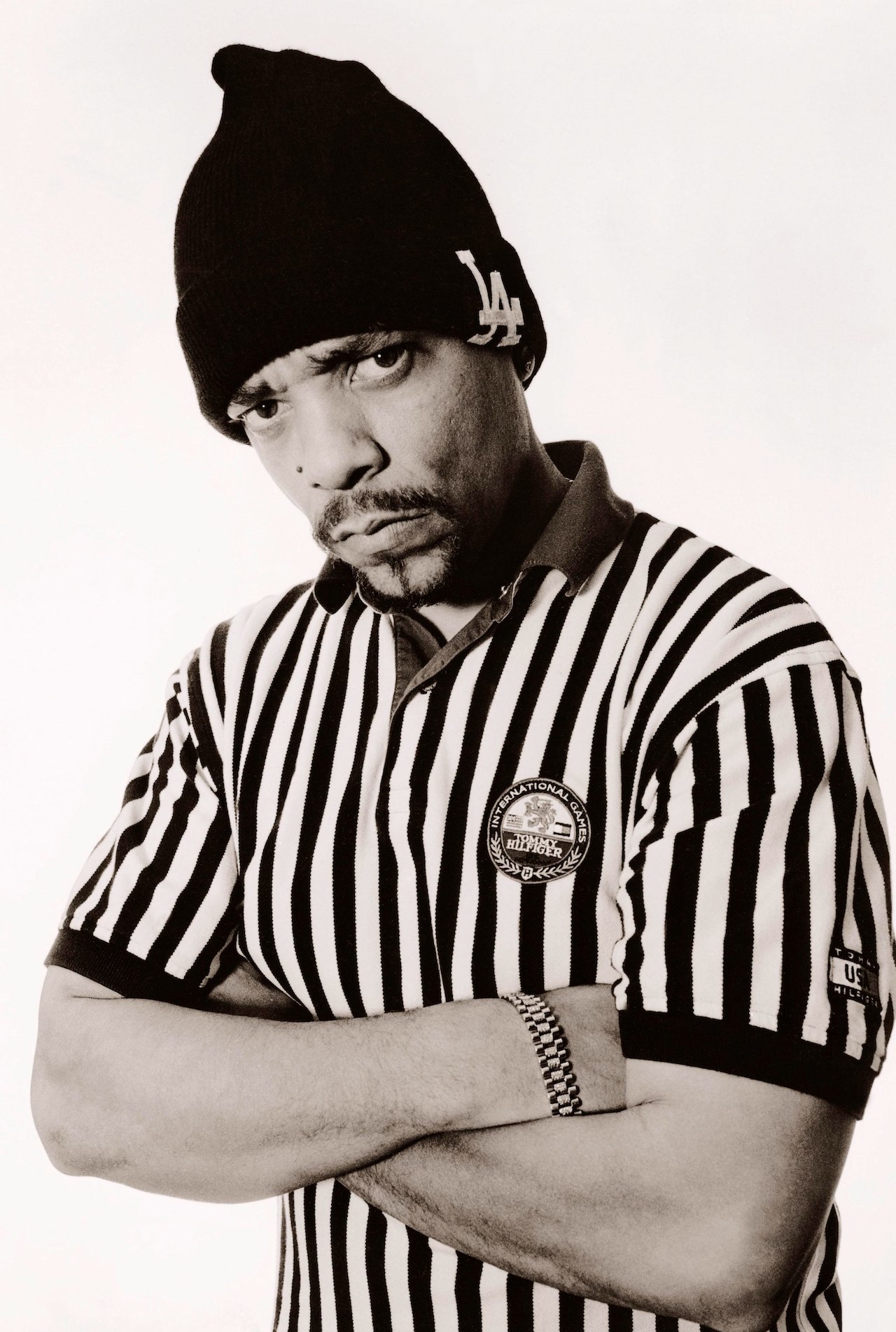

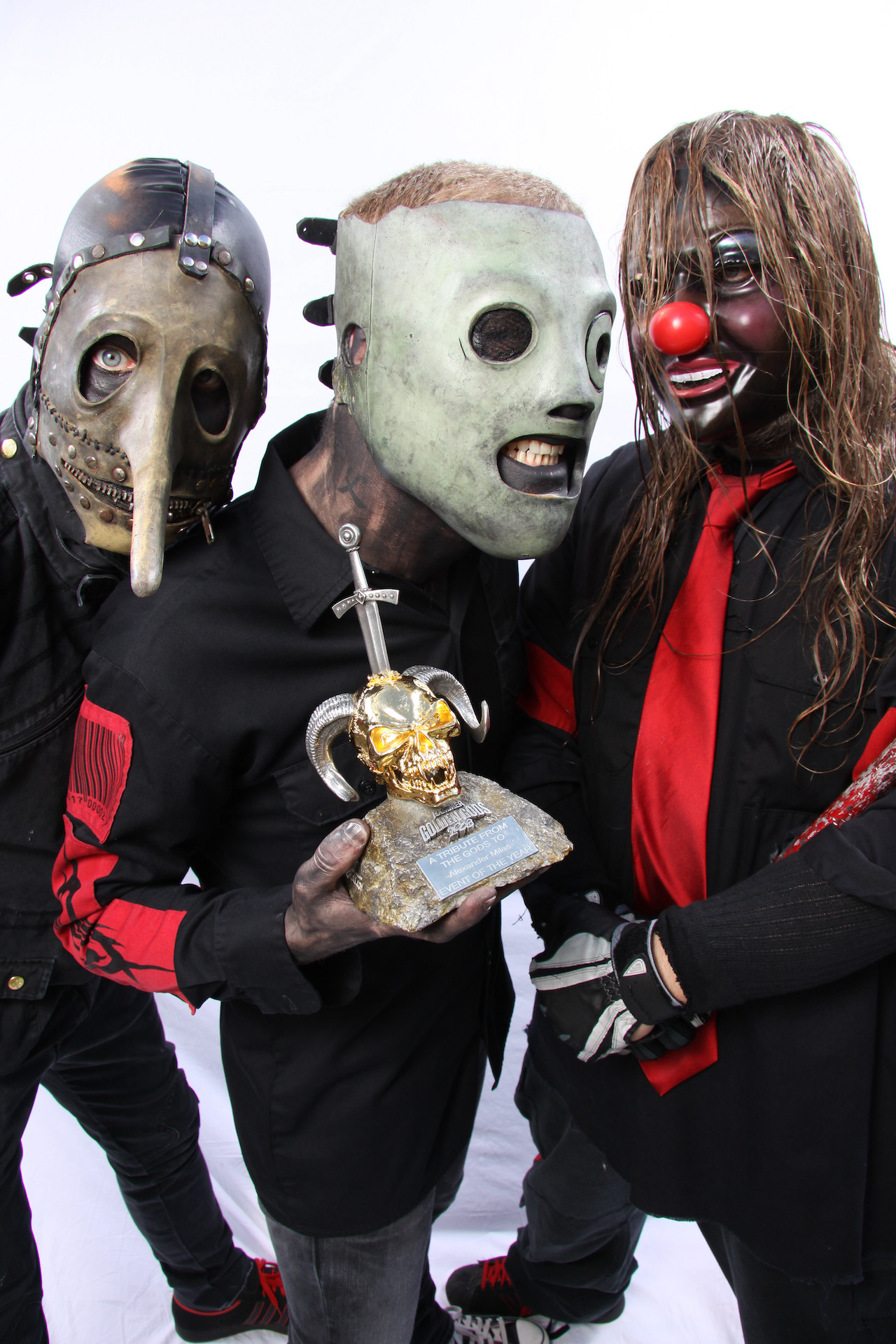

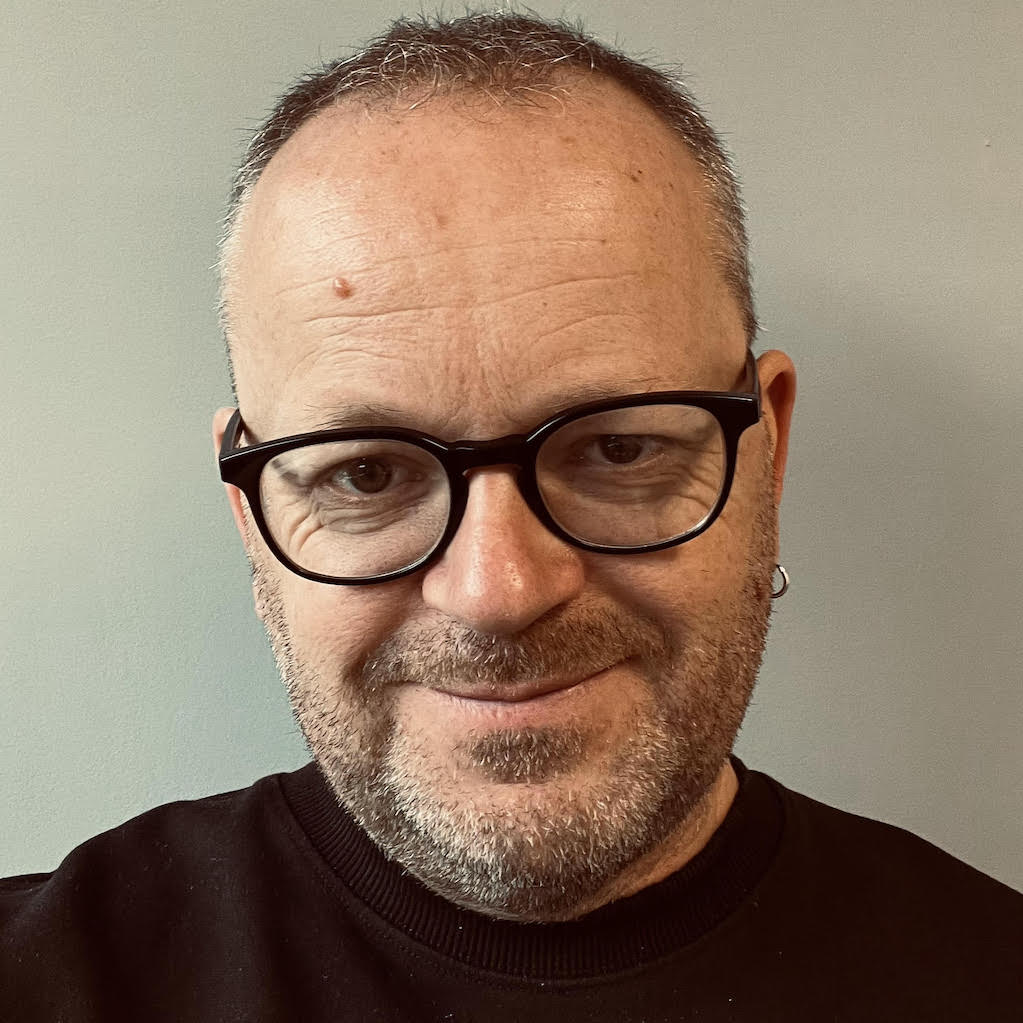
Scott is the Content Director of Music at Future plc, responsible for the editorial strategy of online and print brands like Louder, Classic Rock, Metal Hammer, Prog, Guitarist, Guitar World, Guitar Player, Total Guitar etc. He was Editor in Chief of Classic Rock magazine for 10 years and Editor of Total Guitar for 4 years and has contributed to The Big Issue, Esquire and more. Scott wrote chapters for two of legendary sleeve designer Storm Thorgerson's books (For The Love Of Vinyl, 2009, and Gathering Storm, 2015). He regularly appears on Classic Rock’s podcast, The 20 Million Club, and was the writer/researcher on 2017’s Mick Ronson documentary Beside Bowie.
